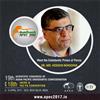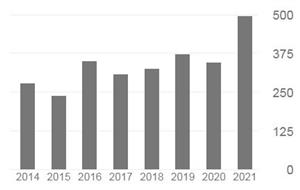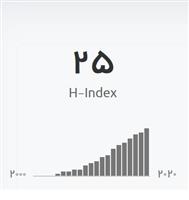Effect of Various Mixing and Placement Techniques on the Flexural Strength and Porosity of Mineral Trioxide Aggregate
The aim of this study was to evaluate the effect of mechanical and manual mixing as well as the effect of ultrasonic agitation during placement on the flexural strength and porosity of mineral trioxide aggregate (MTA). Methods White ProRoot MTA and white MTA Angelus were used. One gram of each powder was mixed with a 0.34-g aliquot of distilled water. Specimens were mixed either by mechanical mixing of capsules for 30 seconds at 4500 rpm or by a saturation technique and application of a condensation pressure of 3.22 MPa for 1 minute. The mixed slurries of all materials were loaded into 2 2 25 mm molds for testing flexural strength and 3 4 mm molds for evaluation of porosity. Half of the specimens were placed in the stainless steel molds by using indirect ultrasonic activation. All specimens were incubated for 4 days. Micro–computed tomography was used to determine the porosity of each specimen, and a 3-point bending test was used to evaluate flexural strength. Tukey honestly significant difference and independent t tests were carried out to compare the means at a significance level of P < .05. Results: Irrespective of mixing and placement techniques applied, the flexural strength values of ProRoot MTA were significantly greater than those of MTA Angelus (P < .05). A medium negative correlation was found between flexural strength values and total porosity percentage. Conclusions: Although mechanical mixing of encapsulated cements was quicker and provided more consistent mixes, this technique along with ultrasonic agitation was not associated with a significant advantage in terms of flexural strength and total porosity over manual mixing. (J Endod 2014;40:441–445)














